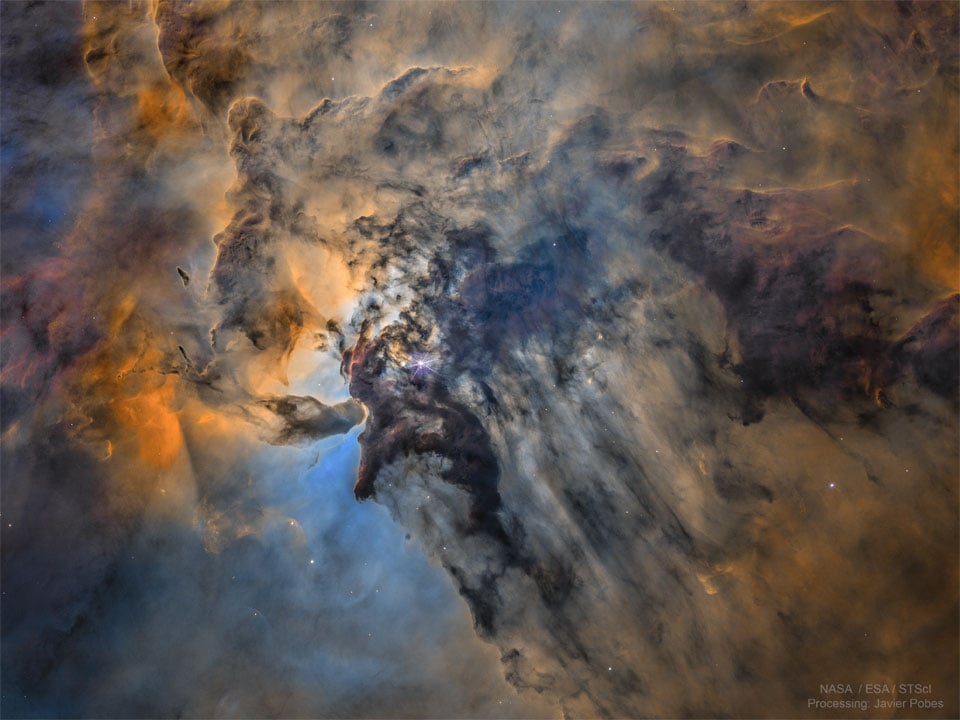1175
Plasma falling to the surface of the sun.
(i.imgur.com)
You can find the original sidebar contents below:
 The Busy Center of the Lagoon Nebula
The Busy Center of the Lagoon Nebula
🔭 Science
🚀 Engineering
🌌 Art and Photography
Other Cool Links
Is this the actual image your camera sees? Or is it more like heat sensors visualized, or something like that?
"actual image your camera sees" is a term that is hard to define with astrophotography, because it's kinda hard to define with regular digital photography, too.
The sensor collects raw data on its pixels, where the amount of radiation that makes it past that pixel's color filter actually excites the electrons on that particular pixel and gets processed on the image processing chip, where each pixel is assigned a color and it gets added together as larger added pixels in some image.
So what does a camera "see"? It depends on how the lenses and filters in front of that sensor are set up, and it depends on how susceptible to electrical noise that sensor is, and it depends on the configuration of how long it looks for each frame. Many of these sensors are sensitive to a wide range of light wavelengths, so the filter determines whether any particular pixel sees red, blue, or green light. Some get configured to filter out all but ultraviolet or infrared wavelengths, at which point the camera can "see" what the human eye cannot.
A long exposure can collect light over a long period of time to show even very faint light, at least in the dark.
There are all sorts of mechanical tricks at that point. Image stabilization tries to keep the beams of focused light stabilized on the sensor, and may compensate for movement with some offsetting movement, so that the pixel is collecting light from the same direction over the course of its entire exposure. Or, some people want to rotate their camera along with the celestial subject, a star or a planet they're trying to get a picture of, to compensate for the Earth's rotation over the long exposure.
And then there are computational tricks. Just as you might physically move the sensor or lens to compensate for motion, you may just process the incoming sensor data to understand that a particular subject's light will hit multiple pixels over time, and can get added together in software rather than at the sensor's own charged pixels.
So astrophotography is just an extension of normal photography's use of filtering out the wavelengths you don't want, and processing the data that hits the sensor. It's just that there needs to be a lot more thought and configuration of those filters and processing algorithms than the default that sits on a typical phone's camera app and hardware.
Not OP, but solar photography requires super dense filters so like sunglasses alter what you see from "actual" the filters also alter the image from "actual" yet this is what would "actually" be "seen" by the camera. So yes and no depending how you want to interpret "actual".
Thanks, this makes sense. I’ve heard there are some great astronomy photos where what we are seeing isn’t actually visible to the naked eye. Rather it’s invisible gases or something, and the photos are just visualizations based on assigning colors to density… I guess I was wondering if it was something like that. It sounds like it’s not.
When they sense invisible electromagnetic wavelengths like xrays or microwaves and "assign" colors to completely invisible wavelengths then that is false color imaging. Possible to do with the sun... but unlikely with an amateur rig.